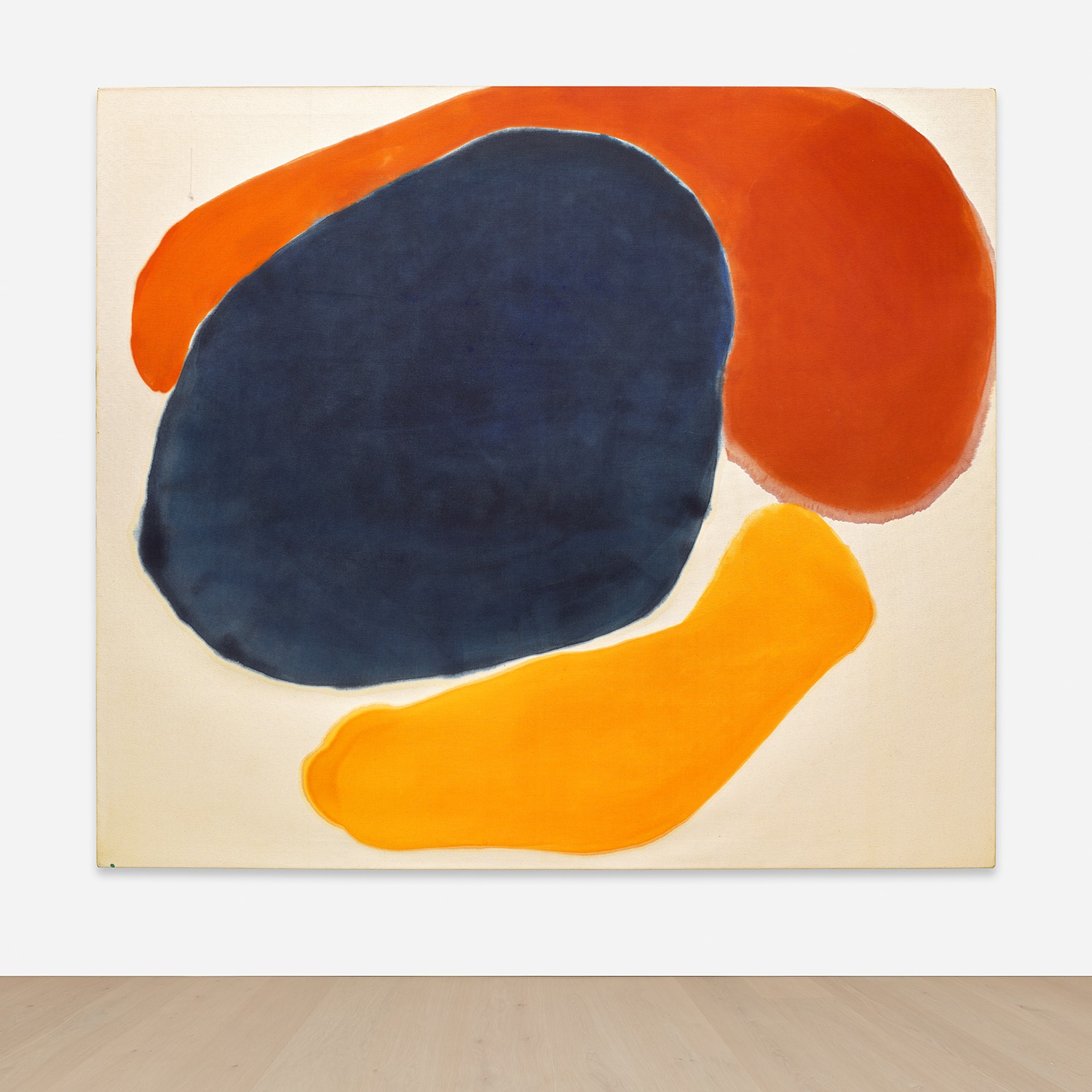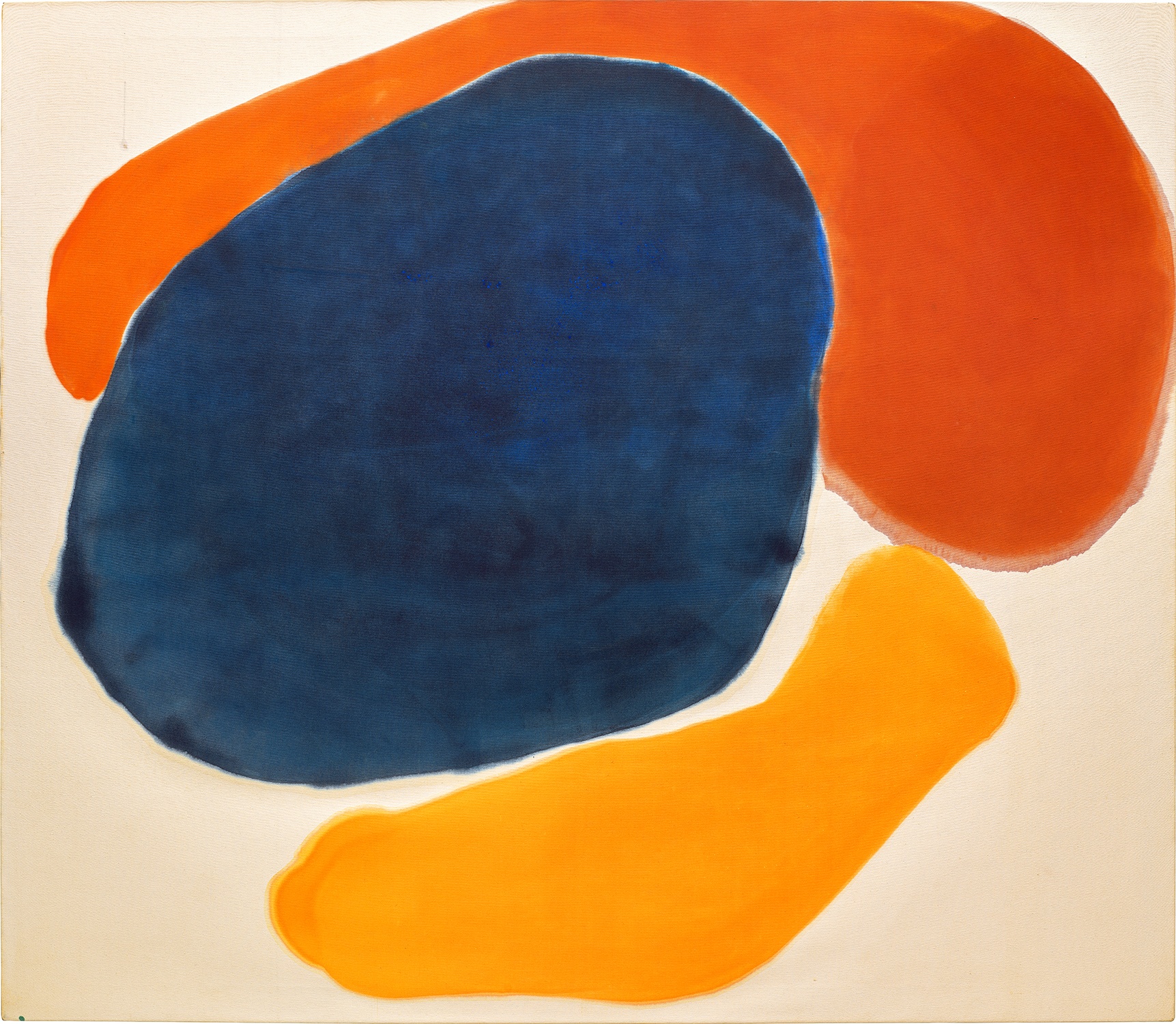

30
Jules Olitski
Boyar Time
- Estimate
- $400,000 - 600,000
Further Details
Amid the vibrant cultural landscape of 20th-century Los Angeles, Sandra and Jacob Terner stood as pioneers, their foresight and passion guiding them to assemble a remarkable collection ahead of its time. Rooted in a dual commitment to Abstract Expressionism and the burgeoning local arts scene, their collection includes pieces by some of the most acclaimed artists of the 20th century. Initially focused on American 19th Century art, Sandra and Jacob transitioned to collecting abstraction in the 1990s, including their acquisition of Jules Olitski’s Boyar Time, 1962, in 1995. The present work has remained in their collection for the past three decades and, alongside Helen Frankenthaler’s Acres and Grace Hartigan’s Montauk Highway, speaks to their discerning eye in acquiring only paramount examples by the artists they favored. Hailing from the most important decade of Olitski’s carrer, Boyar Time is a masterpiece by the artist that stands as a reflection of the Terner’s collecting vision.
Boyar Time morphs surface, color and form on a grand scale. One of the artist’s enigmatic Core paintings, the present work marks the fusion of surface and medium, one which consistently informed the artist’s oeuvre. A prominent member of the then-burgeoning Color Field movement and once referred to by critic Clement Greenberg as the “best painter alive,” Olitski was the first living American artist to have a solo exhibition at The Metropolitan Museum of Art, New York, in 1969.i With a career spanning six decades, Olitski's works are held in the permanent collections of the Solomon R. Guggenheim Museum, New York, The Tate Modern, London, and the Art Institute of Chicago, among others.

Jules Olitski, Cadmium Orange of Dr. Frankenstein, 1962, Smithsonian American Art Museum, Gift from the Vincent Melzac Collection. Image: Smithsonian American Art Museum, Washington, DC / Art Resource, NY, Artwork: © Estate of Jules Olitski/Licensed by VAGA at Artists Rights Society (ARS), New York
Returning to the United States following his first solo exhibition in 1951 at Galerie Huit, Paris, Olitski engaged in a ten-year reevaluation of his painting practice. Having originally relied on heavy, thick brushstrokes rendered in the Art Informel style of Jean Dubuffet and Jean Fautrier, the artist eventually turned to his now-considered signature style of anthropomorphic shapes that are at once abstract and natural. Globular forms first appeared in the artist’s work in 1959, just three years before the creation of Boyar Time. Turning to a pour and stain technique in 1960, similar to that pioneered by Helen Frankenthaler in 1952, Olitski began to create huge canvases, which were, according to Roberta Smith, “dominated by irregular spheres of saturated color... these seemingly simple works mess with space and scale in a visceral, almost sculptural way.”ii

Helen Frankenthaler, Fire, 1964. Sold through Phillips New York in November 2023 for $2,480,000. USD. Formerly Property of An Important Private Collector Being Sold to Benefit The Geisel School of Medicine At Dartmouth College. Artwork: © 2024 Helen Frankenthaler Foundation, Inc. / Artists Rights Society (ARS), New York
At almost eight feet long, the present work presents color in a uniquely monumental way. On a large-scale, raw canvas—a surface which he committed to almost exclusively in 1962— Olitski’s composition consumes the viewer, asserting the importance of form and hue over anything else. Ovoid circles and thick pools of paint in blue, orange and yellow are barely overlapping, fighting for space within the canvas. The shapes are organic and imperfect, as if created by natural forces rather than the artist’s hand. Through his expressive use of color and biomorphic forms, Olitski explored an infinite sense of space, beautifully demonstrated in Boyar Time, in particular by the orange shape that spills over the upper edge of the canvas. Indeed, “it is Olitski who has developed and revised Jackson Pollock’s central innovation, the allover picture, in order to make it serve color. In so doing he has drawn radical and far-reaching conclusions about the nature of the abstract picture – conclusions that have taken on an inescapable authority.”iii
“Edge is drawing and drawing is always on the surface. The color areas take on the appearance of overlap, and if the conception of form is governed by edge – no matter how successfully it possesses the surface – paint, even when stained into raw canvas, remains on or above the surface. I think, on the contrary, of color being in, not on the surface.”
—Jules Olitski
i Clement Greenberg, quoted in Don Buschlen, ed., Jules Olitski: Communing with the Power, exh. cat., Vancouver, 1989.
ii Roberta Smith, “The Great Beginning of Jules Olitski,” New York Times, January 28, 2021, online.
iii Kenworth Moffett, Jules Olitski, exh. cat., Museum of Fine Arts, Boston, 1973, p. 7.